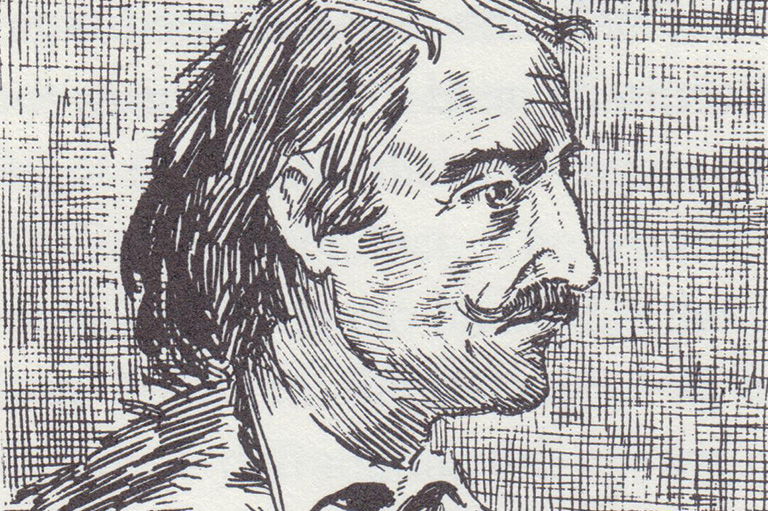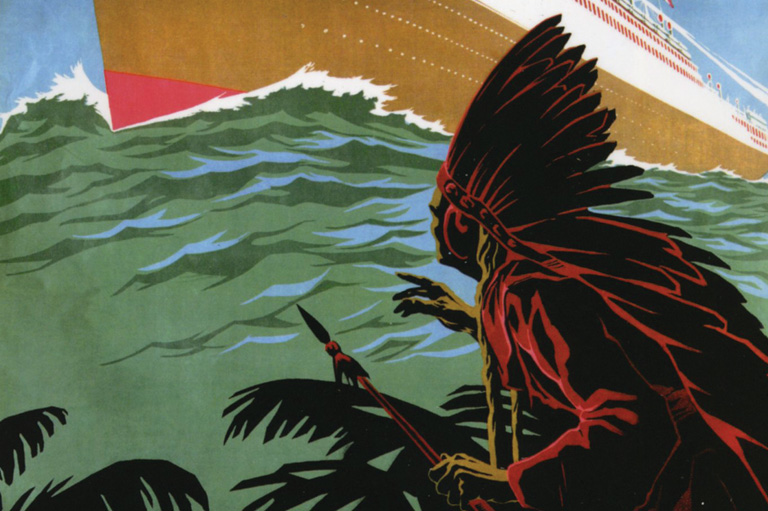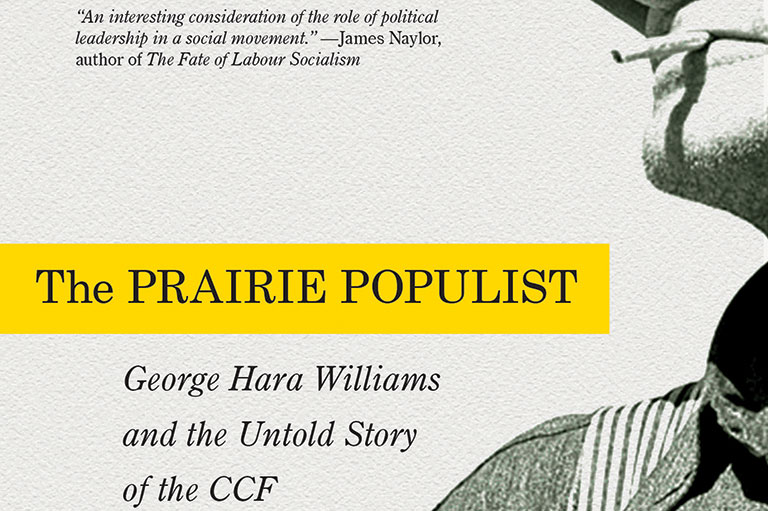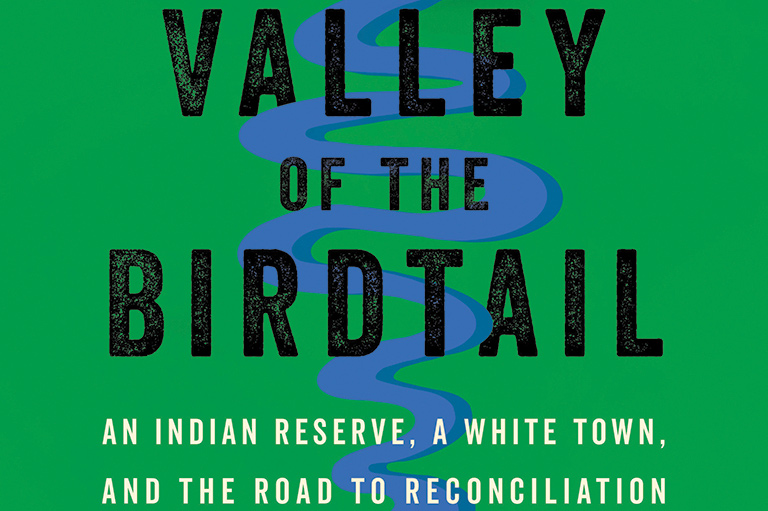Rivers Run Through Us
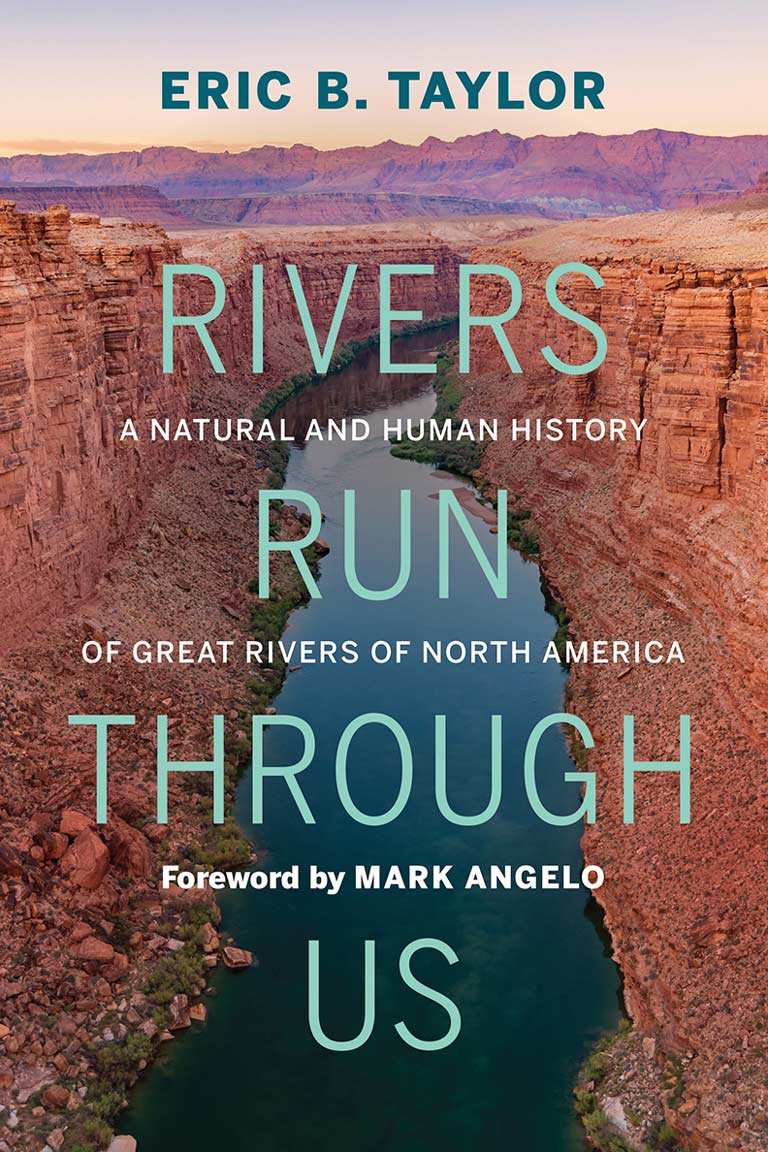
Rivers Run Through Us: A Natural and Human History of Great Rivers of North America
by Eric B. Taylor
Rocky Mountain Books
464 pages, $38
In August 1896, “Skookum Jim” Mason, a Tagish First Nation man, knelt next to a creek near the Klondike River in the Yukon to wash a pan and spotted a flash of gold. Within a year of that discovery, a river of humanity was rushing towards the Klondike River, a tributary of the Yukon River, in what Eric B. Taylor describes in Rivers Run Through Us as the “collective ‘lunacy’” associated with the gold rush.
The Klondike gold rush ended in 1899, and the roughly one hundred thousand people who had raced north in the hopes of striking it rich were gone. In their wake, they left an enduring history and a rich cultural legacy, including the works of Robert Service and Jack London, that has defined Canada. They also left a legacy of severe damage to the environment and to the Hän Hwëch’in people who call that region home.
While Canadians tend to be well versed in the Klondike gold rush, given its role in our national identity, the Yukon and Klondike rivers usually play a supporting role, with little to no context to explain why the region was such a prodigious producer of gold. And yet, as Taylor, a professor of zoology and the director of the Beaty Biodiversity Museum in Vancouver, points out, the gold rush was entirely dependent on how the Yukon River and its tributaries formed.
The gold rush was, he writes, an “intense, colourful but relatively brief period of human history, itself the product of millions of years of geological history of the Yukon River.” If the geological history of the Klondike had been different, the gold rush might not have occurred, and Canada would be without one of its defining historical moments.
In Rivers Run Through Us, Taylor explores the geographical histories of ten major North American rivers — including the Yukon, Columbia, Fraser, Mackenzie, and St. Lawrence in Canada — to demonstrate how they influenced human history in North America.
And no two rivers are alike: Each has a unique geological history and, as a result, a unique human history. Where the Yukon and its tributaries shaped the history of the gold rush, the St. Lawrence provided an inland transportation route, and the Columbia provided opportunities for power generation and irrigation on a large scale.
As a whole, Taylor argues, these rivers and their geological histories are responsible for creating the foundation of Canada as a nation that today stretches from east to west. He writes that these “rivers formed an early ‘highway of trade’ and were critical to the foundational concept of a nascent Canada.”
Our history would be very different without our rivers; and yet, being human, we tend to overestimate our importance, which leads us to believe that we alone create and define our histories. As Taylor demonstrates, we don’t control our destiny, we only respond to powerful forces, such as Canada’s great rivers.
The strength of Rivers Run Through Us lies in how effectively he illustrates that idea. It’s a fascinating approach, especially considering that millions of Canadians live near rivers without often giving that fact a second thought.
Taylor’s approach also explains why so few of Canada’s great rivers — and North America’s, for that matter — have been left untouched. History shows that we tend to value rivers for what they offer us economically, rather than environmentally. As a result, we haven’t been kind to our great rivers; but, if we can come to appreciate how our rivers shaped our history, perhaps we can better appreciate how they’ll continue to define us into the future.
If we can do that, perhaps we can avoid making the same mistake as those who were caught up in the lunacy of the gold rush, and we can see our rivers for more than their economic value. “As we enter the UN International Decade on Ecosystem Restoration [2021–2030], our great rivers, through whose waterscapes the history of North America has flowed, deserve no less,” writes Taylor.
With 7 uniquely curated newsletters to choose from, we have something for everyone.
Themes associated with this article
Advertisement

